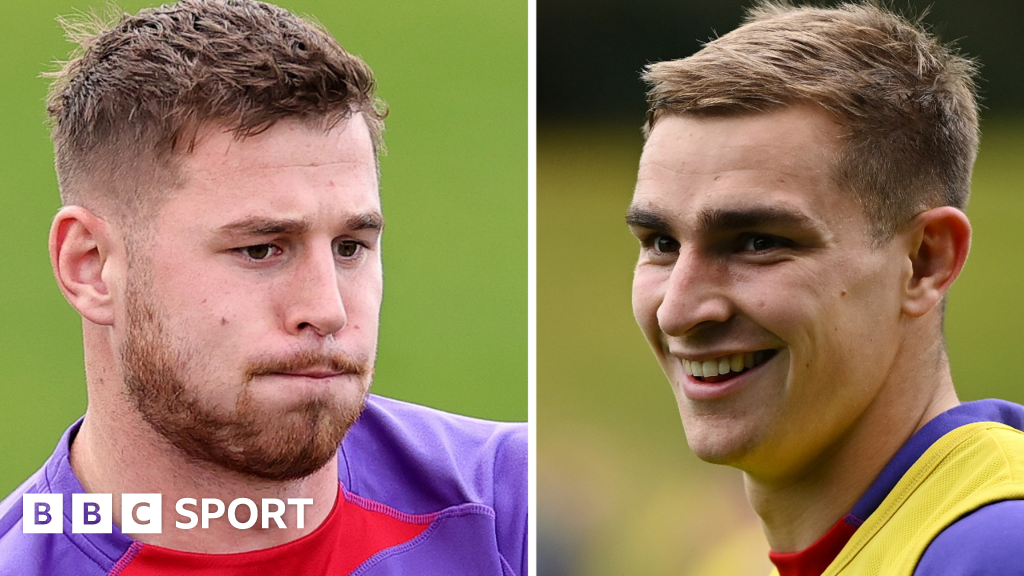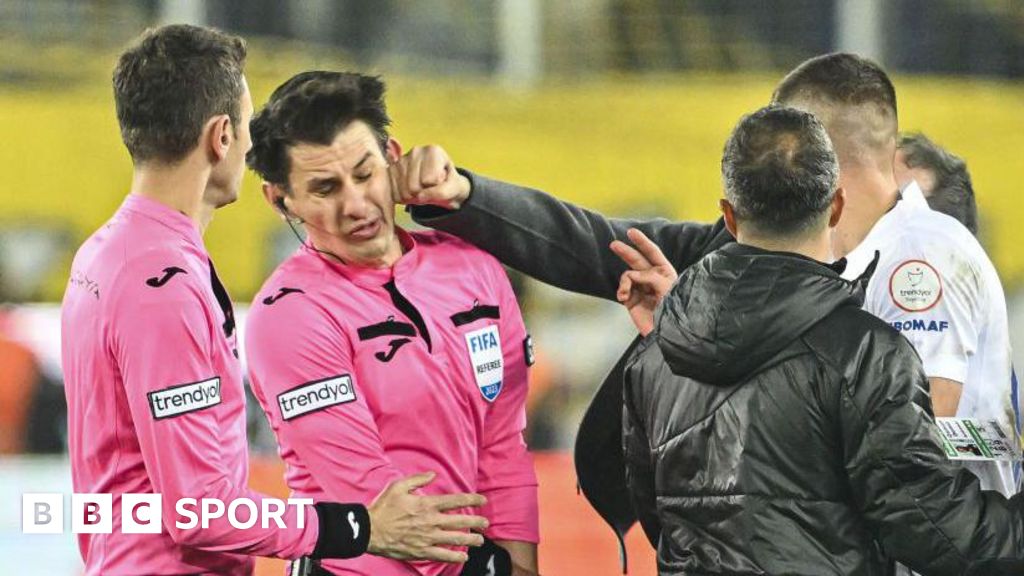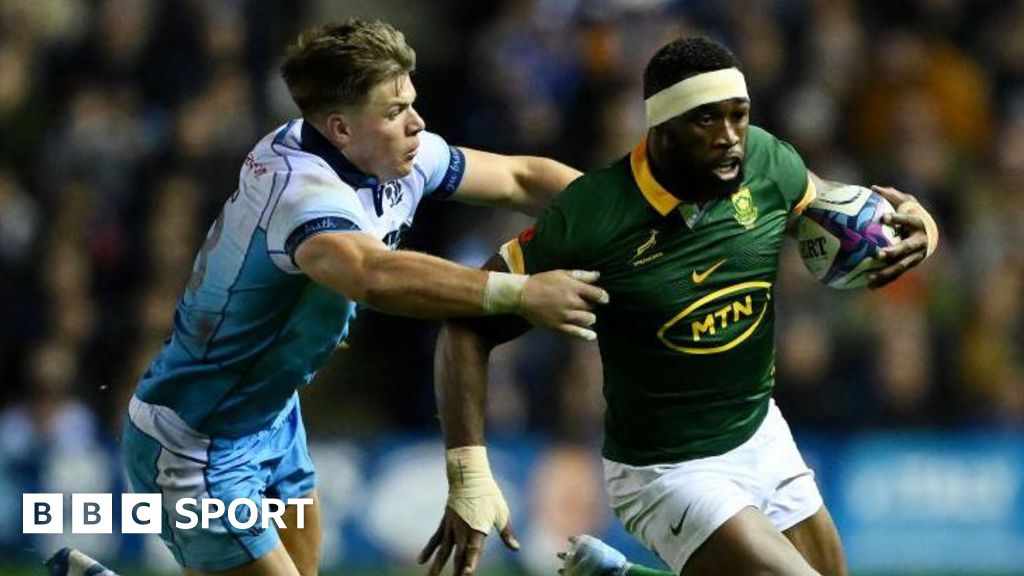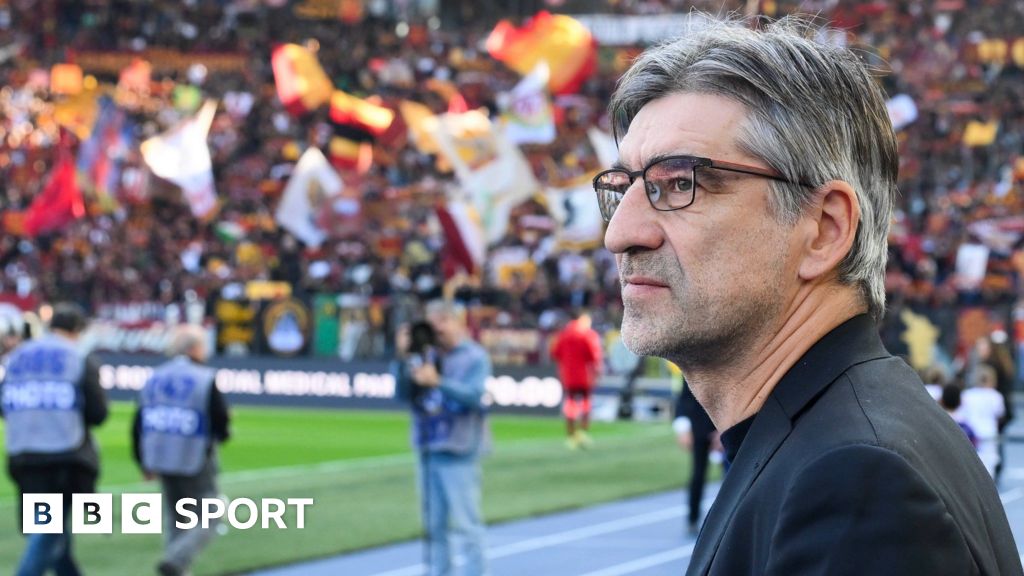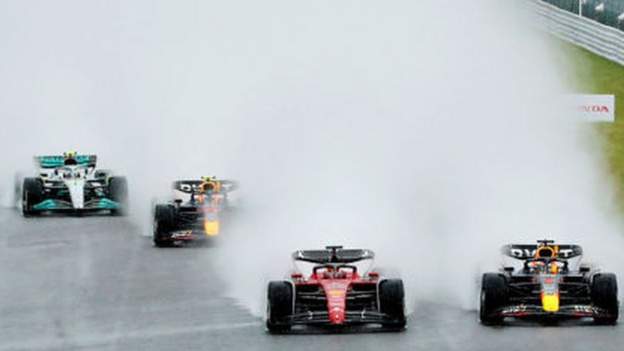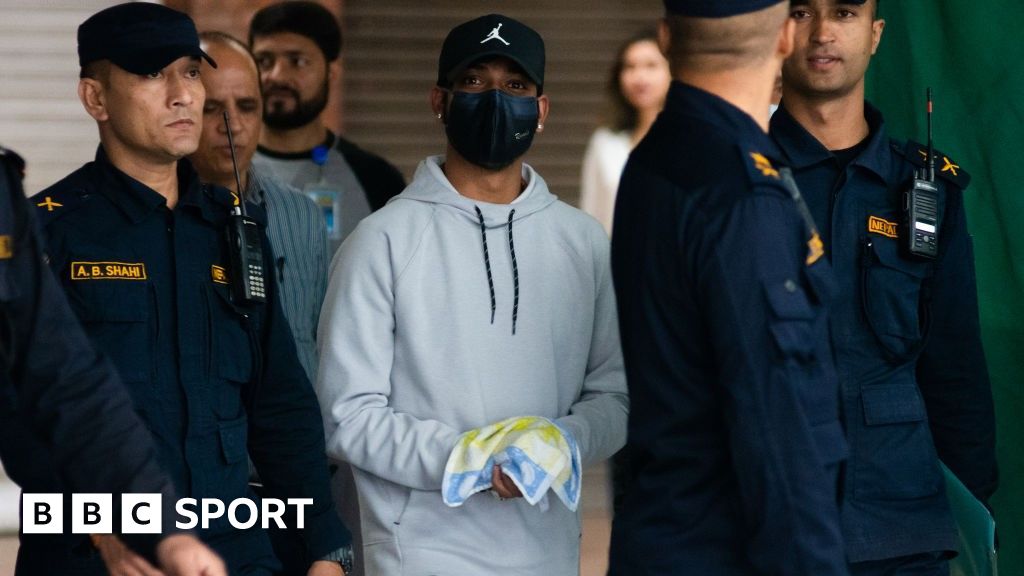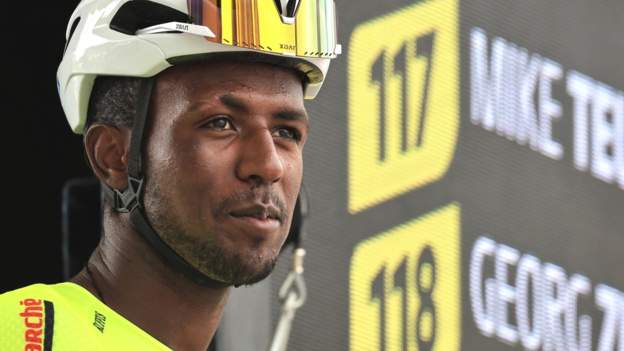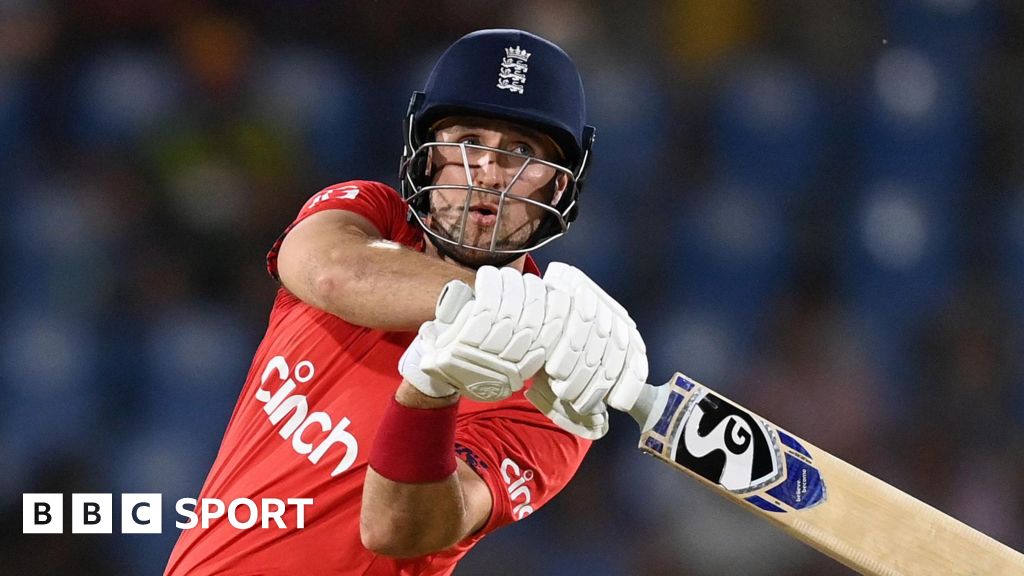Formula 1 drivers have backed a trial of a device aimed at reducing spray in the rain – and said races should not be started if visibility is bad.
McLaren and Mercedes are conducting a test of a mudguard-style device at Silverstone on 13 July.
McLaren’s Lando Norris said: “It’s about time. As drivers, we have said for years that something needs to be done.”
Rain is forecast for the British Grand Prix on Saturday and Sunday.
Norris added that poor visibility in the wet was “the biggest safety concern at the minute within F1”.
Dutch driver Dilano van ‘t Hoff was killed in a junior category race at Spa-Francorchamps last Saturday in exactly the sort of accident about which F1 drivers have been warning.
The 18-year-old T-boned a car that had crashed on the straight and bounced back on to the track, having been unsighted by spray from other cars in a wet race.
Norris said: “We’ve been lucky that nothing has happened in F1 or many other categories and in the worst case sadly we’ve had to lose a life for people to realise those things can happen.
“And it couldn’t just happen there. It could have happened last weekend for us in Austria.
“It’s a shame we had to see such a consequence for people to understand what can happen. It’s something that needs to be done.
“What’s the next thing that can improve safety the most? It’s actually being able to see where we’re going. That helps sometimes. I look forward to it. I am doing a test so we will see how good it will be. If it doesn’t work something else needs to be done to find a solution.”
Other drivers said on media day at the British Grand Prix that, whether the mudguard device worked or not, officials should raise their limits for acceptable conditions in which races can be started in the wet.
Modern F1 cars produce more downforce than ever before and the power of the cars’ aerodynamics significantly worsens the amount of spray they produce.
Alfa Romeo’s Valtteri Bottas said: “We shouldn’t be starting races in any category if you basically can’t see.”
Aston Martin driver Lance Stroll said: “If it works, it has to be put on the cars as quickly as possible. And if it doesn’t work, we should not be putting ourselves in situations where we’re racing in conditions where we can’t see.”
Van ‘t Hoff’s accident happened on the Kemmel straight, a few hundred metres on from the exit of the infamous Eau Rouge swerves, which are taken at close to 200mph and finish with a blind left-hander over a crest called Raidillon.
Stroll said: “We can’t see anything in heavy wet weather. Japan last year, I can recall many races over the past few races in F1 were you just cannot see anything when you are behind another car and it’s extremely dangerous.
“If someone has an incident in front of you and is sideways in the middle of the track and you can’t see where you’re going, we shouldn’t be racing in those conditions.
“It’s terrible what happened last week. I don’t think that race should have gone ahead in those conditions with the layout of that track. I remember being in that exact situation in Spa when you are coming up on top of Eau Rouge and you’re in the middle of a pack and you can’t see anything.”
Haas driver Kevin Magnussen said: “When you can’t see, it feels ridiculous when you’re doing those speeds and you might as well close your eyes. There is zero visibility and it would be great if that could be improved significantly.”
Red Bull’s Sergio Perez said he believed the new anti-spray device would the affect downforce levels of the cars and some teams would suffer more than others.
But he added: “Safety should come first. It might allow us to race in more dangerous conditions.”


